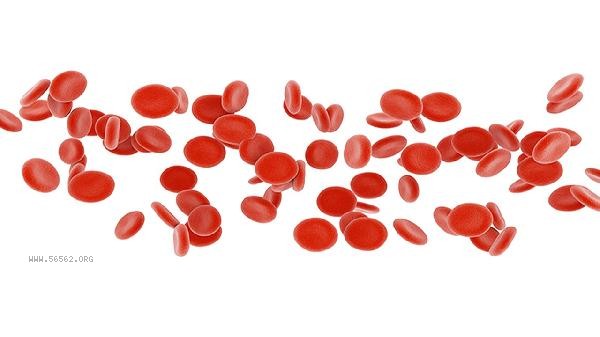The increase of erythrocyte sedimentation rate usually indicates that there is inflammatory reaction or tissue damage in the body, and the main influencing factors are infectious diseases, rheumatic immune disease, anemia, malignant tumor and physiological acceleration.

1. infectious diseases:
Bacterial or viral infection can stimulate the body to produce inflammatory mediators, promote the increase of fibrinogen and other substances, and lead to accelerated erythrocyte aggregation. Commonly seen in pneumonia, urinary tract infections, tuberculosis, etc., it needs to be comprehensively judged based on indicators such as C-reactive protein. The value during the acute infection period can reach 50-100mm/h, and gradually returns to normal after anti infection treatment.
2. Rheumatoid and immune diseases:
Rheumatoid arthritis, systemic lupus erythematosus, and other diseases trigger chronic inflammatory reactions that continuously stimulate the synthesis of acute phase proteins in the liver. This type of patient's settling rate often persists in the range of 30-60mm/h, accompanied by symptoms such as joint swelling and pain, morning stiffness, etc. It needs to be diagnosed through autoantibody testing.
3. Anemia symptoms: When hemoglobin is below 90g/L, the decrease in blood viscosity reduces the resistance of red blood cells to sink. Patients with iron deficiency anemia and hemolytic anemia may experience a mild increase of 20-40mm/h, and the value may decrease after correcting the anemia. Attention should be paid to distinguishing from pathological acceleration.

4. Malignant tumors:
Lymphoma, multiple myeloma, and other tumor cells secrete abnormal proteins that alter the proportion of blood components. Some patients present with a significant increase in sedimentation rate>100mm/h as the initial manifestation in the early stage, which requires a combination of imaging and tumor marker screening.
3. Physiological acceleration:
Mild elevation of 10-20mm/h may occur in the middle and late stages of pregnancy, menstrual period, and elderly population, which is related to changes in hormone levels and increased plasma volume. Improper positioning during intense exercise or sampling may also cause temporary fluctuations in numerical values, which can usually be restored to normal within 24 hours of retesting. When an abnormal increase in erythrocyte sedimentation rate is found, it is recommended to complete supporting tests such as blood routine, C-reactive protein, and serum protein electrophoresis. Avoid vigorous exercise and high-fat diet in daily life, and ensure sufficient sleep. Middle aged and elderly people should regularly monitor their blood pressure and blood sugar levels, and rheumatic patients should pay attention to keeping their joints warm. When the value continues to exceed 60mm/h or accompanied by symptoms such as weight loss and fever, it is necessary to conduct in-depth examinations such as CT and bone marrow puncture in a timely manner to rule out major diseases. When pregnant women and those preparing for pregnancy experience elevated indicators, pregnancy related complications should be prioritized for exclusion.









Comments (0)
Leave a Comment
No comments yet
Be the first to share your thoughts!